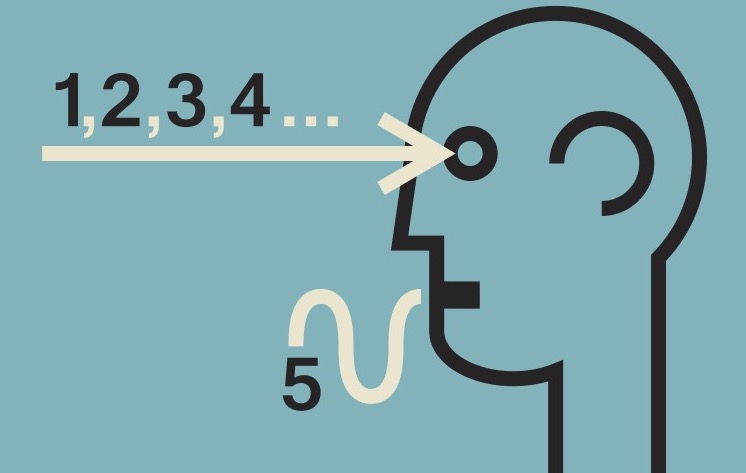What is Number Sense?
Number sense is the basic knowledge of numbers and how numbers work together. It is critical for a student to develop numbers sense in the early years of school. Having number sense is essential to understanding math concepts and developing further math skills. Often times if a student does not develop number sense, they are unable to process and make sense of what they are doing and this will hinder their success. If a student does not fully develop number sense then that can, and often does, lead to a misconception or lack of understanding of the next skills since math is very much a building block process. Students must have those foundational building blocks to advance to higher levels. Students that have developed a good number sense can mentally compute numbers, make reasonable estimates, compose and decompose numbers, reason with numbers, and understand quantity.
Number Sense Activities to Try with Your Students
One of the best ways to get kids thinking about numbers and developing their number sense is by having math talks in the classroom. This sounds so easy and elementary, but it is definitely beneficial, even with older students. If a teacher puts up a simple computation problem as a warm up and has students solve it mentally then opens up the classroom for discussion, they can learn a lot about where their students stand with regard to number sense.
Another fun way to build number sense is to let students play math games. Again, this sounds like something for elementary kids, but it can be helpful to middle and high school students as well. The teacher can rotate around the room listening to conversations during the game to take anecdotal notes; then they can follow up by pulling individual or small groups of students together based on their weaknesses to do mini-lessons which can help bridge the gaps in their lack of number sense.
During small group instruction some things that need to be taught to increase number sense are: subtilizing larger numbers, identifying benchmark numbers in multiplication and fractions, spatial and number relationships, estimating, and working with a number line.
Here are the benefits to each of these skills—
- Subtilizing builds pattern recognition and when the numbers become larger and are too big to count, students know the amount without having to spend the time figuring it out. This is a huge component to developing number sense.
- Identifying benchmark numbers helps students build place value knowledge and become better mathematicians in the areas of estimating and comparing numbers. In multiplication you want to focus on multiples of 10 and 100 and in fractions the basics are one fourth, one half, and three fourths. These help students have something to easily visualize and identify and can be used to compare other fractions against. You can use a fraction number line or fraction chart for instruction.
- Spatial relationships can be improved by having students complete puzzles and tangrams, STEM activities, making geometry nets, visualizing, and problem solving.
- Number relationships can be improved by having students work on part-part whole relationships, working with properties, and place value.
- Estimating is a real-life skill that can easily be used to build number sense. Have students create a shopping list, then find prices at the store or online and estimate their total bill.
- Working with a number line is a great way to further the concept of benchmark numbers, rounding, and fractions. An interactive number line gets kids involved in the process of the learning and provides a hands-on approach, which often solidifies the learning faster.
- Building number sense is of utmost importance no matter what grade you teach. If you find that students lack number sense—it is inevitable that they will be some of the very students that say they do not like math class or think they are not good in math. We must help turn this around and provide instruction and activities that fill the gaps to support them, so they have a whole new attitude and success rate in math.




